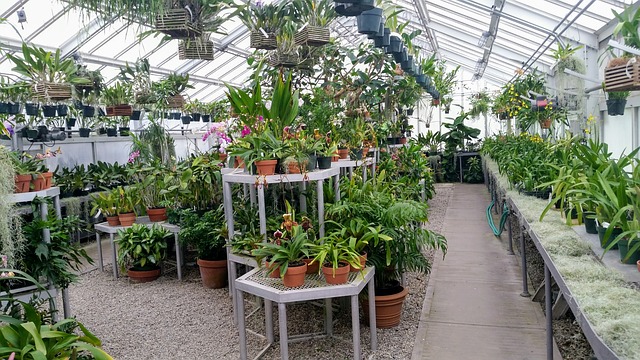Indoor farming is also a portion of farming. But the disparity is it is done indoors. It is a process of growing yields even if it is large or small scale but happens entirely indoors. Indoor farming is mostly cool-environment farming that only desires to enhance plant growth without soil and water such as hydroponics, aeroponics, and aquaponics. It is mainly considered vertical farming which is well known as an urban farming system.
Growing inhabitants, a wild environment, and speedily increasing demand make sustainability more crucial. In this matter, traditional farming returns to vertical indoor farming which surrounds more undersized spaces and delivers quality and healthy food. Before beginning the facts, you should know what is indoor farming, its types, and its benefits.
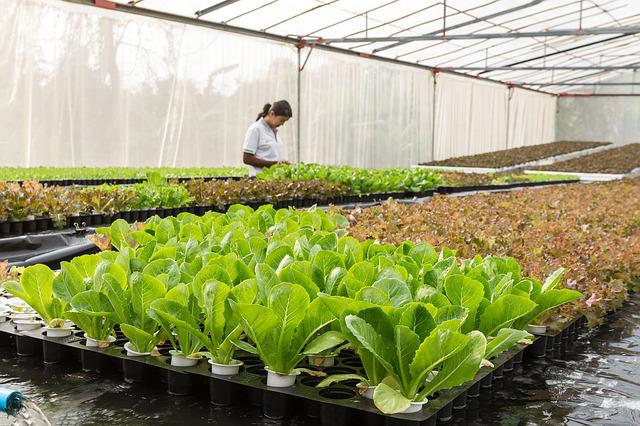
What is indoor farming?
The process of growing products on a big or short scale completely indoors. With the help of artificial lights and the hydroponics system, it is well-known as indoor farming. The manufactured light is required to supply the plant with nutrients that are also donated to plants maturing as they would get outdoors.
Most typically fruits and vegetables are farmed in the farming system. However, other types of plants are also farmed with the use of the same method. This farming is popular in those areas where it is tough to find land for farming goals.
Indoor farming is used as commercial farming for the cultivation of fruits and vegetables to provide for the regions. It requires less area and less time for growing the plants and crops.
Growing an indoor farm:
There are many causes to think of fruits and vegetables farming indoors.
- Indoor farming is an option if you have limited garden space.
- Develop your own food that is organic and learn where it comes from.
- Producing your own food underestimates carbon discharge from food transportation.
- You can grow food for world-round production however of climate and weather.
However, there are imaginable cases too. Before beginning indoor farming, you should think about all the possible uses. Do you have sufficient space? Will you make your own strategy? Can you effort the tools and supplies needed to get started? All these possible uses and challenges you should think about.
Types of Indoor farming:
There are numerous forms to do indoor farming as long as plants and crops get the basics of lights, water, and nutrients. However, there are some concepts to think about indoor farming to growing crops.
Vertical farm:
Strain vertical farming inside to make the most inflexible area. With this kind of farming system, you can grow a lot of food in a small space. Vertical farms use LED lighting to control the growing and nutrition systems instead of sunlight and rain.
Hydroponics:
It is a more hygienic method to grow plants indoors without soil. The Hydroponic Farming System uses less water and allows for faster growth and higher yields than other classic soil-based systems. Mushroom Cultivation can be possible hydroponically. Through an indoor process, mushrooms could still succeed in a soil-less hydroponic media.
Aquaponics:
Aquaponics is one of the best ways to do indoor farming. This kind of farming system comes in various sizes from small indoor units to large commercial units. Aquaponic vegetables are often much tastier than the same vegetables grown in soil. Organic and healthy fruits and vegetables are grown aquaponic method with no chemicals.
Aeroponics:
The farming system is another way of indoor farming. Aeroponics is a method of growing plants without soil. In this farming system, roots are suspended in the air and washed with nutrient-dense moisture. Fruits and vegetables can grow comfortably in the aeroponics system.
Greenhouse:
Beyond the home but always an indoor area, a Greenhouse Farming System can be a useful method to produce plants year-round. This farming method needs space. It will let you manage the surroundings without placing the area inside the house.
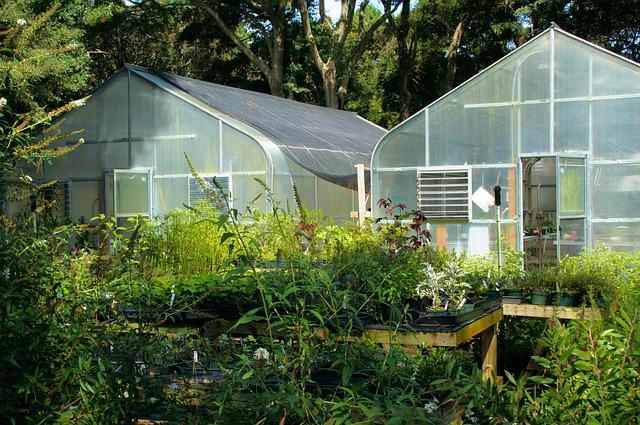
Tips for indoor agriculture:
Whatever kind of growing you prefer, the plants all need the same basics.
- Use proper growing lights and know how much light per day the plants need.
- In case you use soil or other mediums, make sure that plants obtain sufficient nutrients.
- If you are new to indoor gardening techniques, start with plants that are more comfortable growing.
- Using indoor growing equipment comes in an assortment of measures. You can get a small workspace that grows a few lettuce plants. Even you can get large growing areas to feed your full family.
Advantages of indoor farming:
Everything has its own advantages which make them different from the other mass.
Indoor farming is a farming method of growing crops and plants on vertically stored surfaces. It may be quite a favorable future food conception since land can be used fairly effectively to make big quantities of fruits and vegetables.
However, there are some additional advantages related to this kind of farming system. The following advantages of the indoor system show you its importance and why you should choose the method.
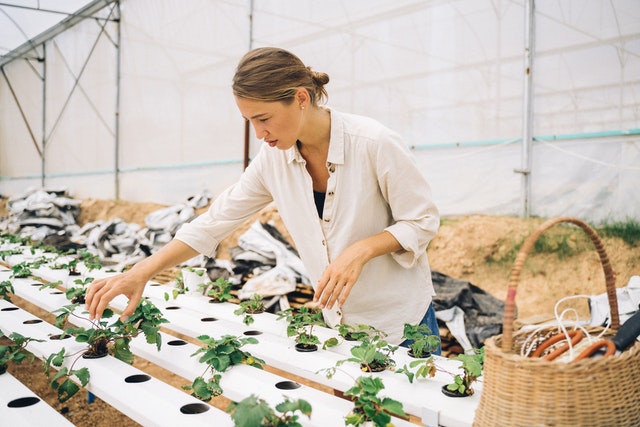
Advantages:
Crop yield for year long:
Year-long crop yield is the most significant advantage of the indoor farming system. It’s not dependent on the weather. You can plant any crop without worrying about adverse climatic conditions, because of its year-round crop production. It can also produce also good quality crops in good quantity.
Prevents unfavorable weather conditions:
You can grow plants and crops in a totally climatic-controlled atmosphere that eliminates the need to depend on the climate to produce the plants. This farming system provides 100% surface in yielding food items and it provides full harvesting inevitability.
Savings in water:
This is one of the main advantages of an indoor system. This hydroponic system requires only 10% of water to grow crops in the vertical indoor farming method. Nowadays, vertical farming is more dependable approximated to classic farming because it needs less water.
More efficient land use:
We know that traditional farming requires productive agricultural land. But the indoor farming method can be done in any climate and location because of its unnatural importance. An indoor vertical farming system is a portion of modern farming. It needs less space and better usage of space.
Suitable to the environment:
This farming system confirms good for the environment. As everything is closely controlled in the indoor farming technology, there are no harmful insecticides needed and the method is used a very tiniest amount of pesticides if any. This technology allows the energies of natural domains that used to live near farms to be cultivated.
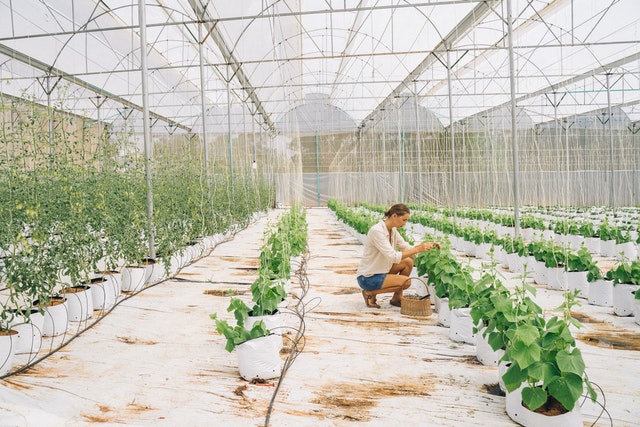
Why is the future of indoor farming sustainable?
It is mostly cool-environment farming that only desires to enhance plant growth without soil and water such as hydroponics, aeroponics, and aquaponics. However, the arrangement of this farming is typically called vertical farming which is used in constructions, containers, and deserted abundance poles.
Conventional farming is considerably dependent on biological resources that need roughly 50% of woodland, 80% of total water, and 30% of energy. But the surviving this farming process becoming more endurable. So, the hypothesis says the grocery market will grow by 9% by 2025 market to complete the grocery markets.
Companies of Indoor farming in India:
In India, there are some regional indoor farming companies such as Living Food Company, Triton Foordworks, UrbanKisan, Urban Green Fate, and Barton Breeze. All of these mentioned companies are entirely founded in India. The companies provide the local market with vertically cultivated crops such as lettuce, microgreens, turmeric, chards, and herbs.
Final thought:
Indoor farming technologies are still rather new. Companies are yet to successfully grow yields at scale and make it commercially possible to fulfill the growing food demand. To face the challenge of growing the food market arrangement of farms like Aerofarms will decide how important a role vertical farming will play in tomorrow.
However, technologies invented for farms are also being assumed by other parts of the indoor farming sector, such as greenhouses, which can operate natural sunlight, although requiring longer routes and much more real estate to market.

FAQs:
Q. Why indoor farming is important?
Indoor farming is important because there are no issues of pests and any other diseases because no soil is used in this method.
Q. Do indoor farms utilize a mess of energy?
There is no secrete that energy is in the midst of the most extensive set prices of any indoor farming process.
Q. How will the indoor farm get energy?
We know that in conventional soil-based farming, plants grow outside, powered by sunlight. But in the indoor system use artificial lights or LED grow lights to keep plants healthy and thriving.
Q. Are yields produced indoors lose their natural nutrients?
All analysis indicates that yields produced indoors will have the same nutrients as those that are grown outside in conventional farming.
Q. Is indoor farming promising?
As a result, products grown indoors can improve nutrition, health, sustainability, and profit for all parties involved.
Q. Is indoor farming good for the atmosphere?
As everything is closely controlled in the farming technology, there are no toxic herbicides needed and the method is used a very tiniest amount of pesticides if any.
